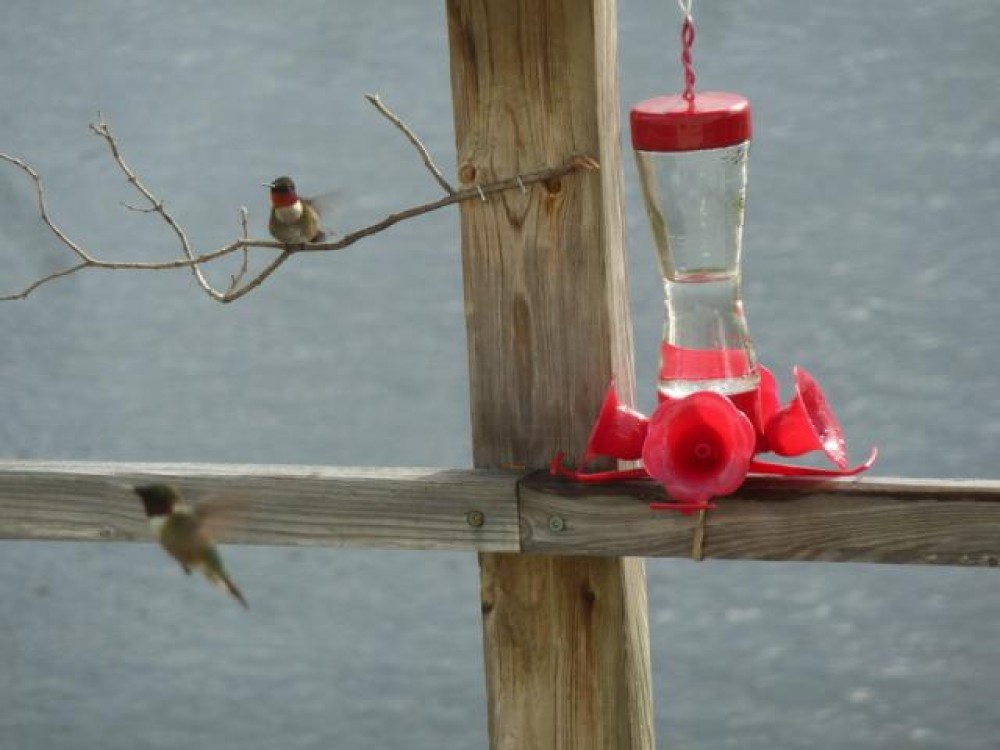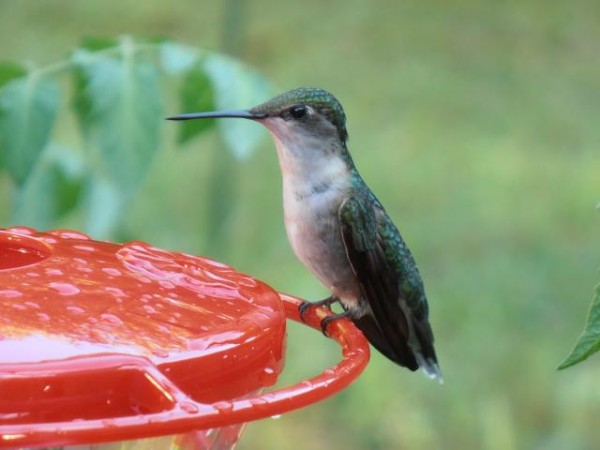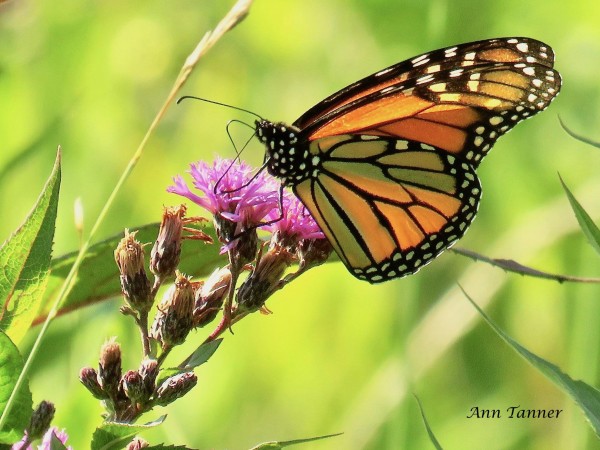Busy Breeding Season Begins
Another Great Spring Season
Despite the challenges of posed by the pandemic, Journey North citizen scientists have submitted 6,030 observations. The number of observations is actually higher than was reported in 2019. On behalf of the Journey North team -- Thank You!
Despite our worries, our Journey North citizen scientists adapted to safety protocols with many shifting to observing hummingbird action in backyards and nearby open areas. Thank you for continuing to track hummingbird migration amid uncertainties and while maintaining your health and safety. We have been honored to share your comments and photos through our hummingbird news updates. In turn, we hope these news updates have sparked joy and wonder. Please know that your data contributes to efforts to protect hummingbirds throughout North America. Thank you for following along and sharing your observations.
Zipping From Flower to Flower
Journey North citizen scientists submitted numerous reports of hummingbirds checking out hanging flower baskets of fuchsia and verbena, nectaring from the flowers of chives, Bradbury Monarda, and penstemon and darting to-and-fro among tree branches looking for protein rich insects.
As first sightings for hummingbirds dwindle, continue to report your observations under these reporting categories:
- Hummingbird (OTHER Observations) -- Observations included in this reporting category include defending territories, nest building, and raising young. Please submit photos when possible. In your comments, list behaviors observed and hummingbirds species observed.
- Hummingbird, Nectaring from Flowers -- Please submit photos when possible. In your comments, list hummingbirds species observed and plant names if known.
Summer A Time to Wonder
Summer can be a time to explore the Journey North maps to answer questions you might have about patterns of change in timing and distribution of hummingbirds.
From Francestown, NH: Cindy, "I have had only one female and one male for the last couple of weeks. Ordinarily, I have 4 or 5 females with as many males and have to put out 5 or 6 feeders for them. This year one feeder is more than sufficient. I wonder did the cold spring send them in another direction?" (06/07/2020)
Help Us To Celebrate Pollinators
Nectar is important for migration and during peak breeding months. Help us map pollinator patches this summer. We reformulated our Habitat project page. During the summer, our messages is: Let’s Connect For Pollinators!
- Read more about why pollinators are important: Pivotal Pollinators: Small in Size, Large in Impact
- Map your pollinator patches with our Journey North community by submitting a photo of your habitat and comments regarding pollinator species planted.



